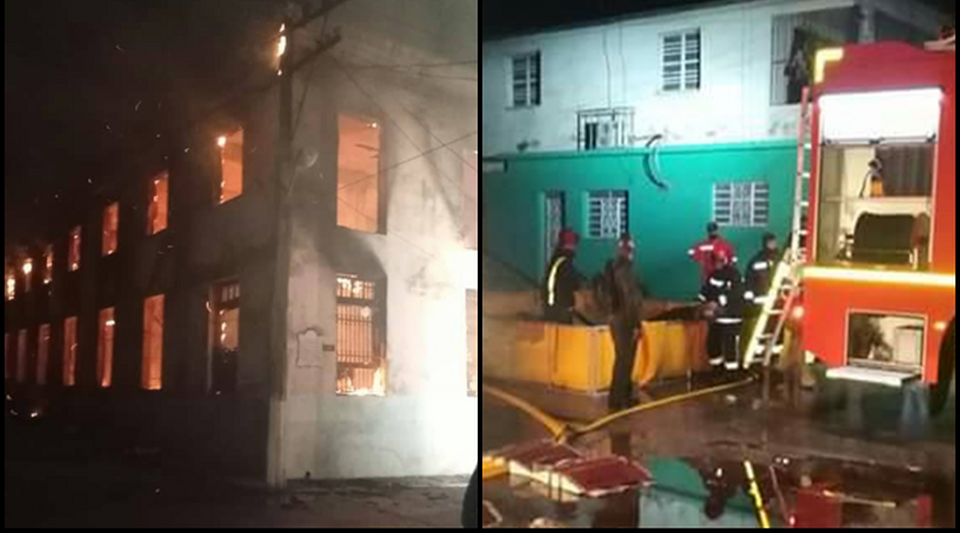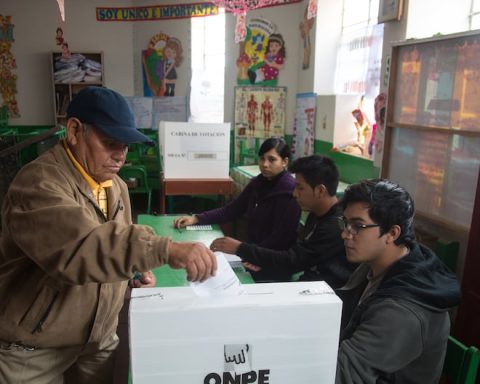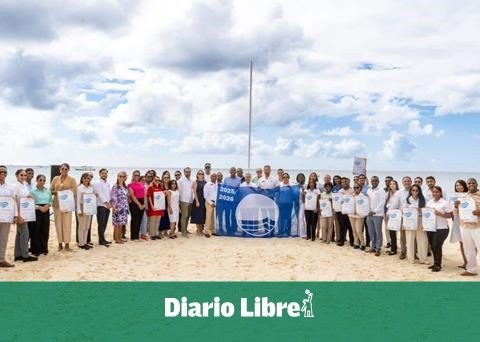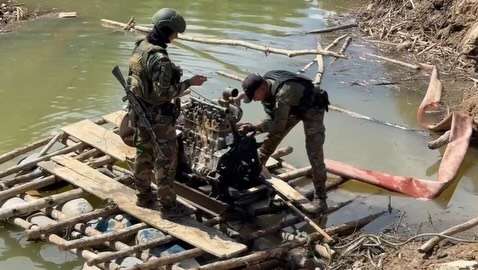At least six people died and about 48,000 were displaced in Madagascar by the passage of Cyclone Batsirai, which made landfall on this island in the Indian Ocean on Saturday night, the Malagasy Disaster Management Agency reported on Sunday.
Paolo Emilio Raholinarivo, director of risk management at the Agency, specified the number of dead and their location, in a text message sent to AFP, without providing further details. An official balance recorded 47,888 displaced persons.
This tropical cyclone, which made landfall in Madagascar cWith winds of 165 kilometers per hour and gusts of up to 235lost strength but there are still fears of flooding due to torrential rains, the meteorology institute reported this Sunday, the AFP agency reported.
“There are fears of localized or widespread flooding after heavy rains,” but Batsirai should “go out to sea in the Mozambique Channel in the northern part of Atsimo Andrefana in the afternoon or evening,” the source added.
After dumping torrential rain for two days on the French island of Réunion, Batsirai made landfall on Saturday. in the Mananjary district, more than 530 kilometers southeast of the capital, Antananarivo.
Within 90 minutes of the cyclone’s arrival, authorities had counted almost 27,000 people who had fled their homes, said Fabien, whose services prepared food, medicine and places of refuge.
The inhabitants prepared themselves with the means available to them on the island, one of the poorest countries in the worldwhich was already hit by a deadly tropical storm in January, Ana, and which has been swept away by the wind and continuous rains since Friday.
Ana, which in January also affected Malawi, Mozambique and Zimbabwe, had caused a hundred deaths (56 of them in Madagascar) and tens of thousands of victims.
Every year during the cyclone season, from November to April, about ten storms or cyclones cross the southwestern Indian Ocean from east to west.
In the eastern coastal city of Vatomandry, more than 200 people took refuge in a room in a Chinese-owned concrete building where families slept on mats or mattresses.
A local official, Thierry Louison Leaby, regretted the lack of drinking water after the water company cut off the supply before the cyclone. “People are cooking with dirty water,” he said worriedly, fearing an outbreak of diarrhoea. And he added: “The government has to help us, they didn’t provide us with anything.”
Outside, plastic cups and containers collected rainwater from corrugated-iron roofs, some reinforced with heavy sandbags or drums. “We have been stocking up on rice and cereals for a weekbecause with the power outages we cannot conserve meat or fish and I also stocked up on charcoal because we are used to cyclones here,” explained Odette Nirina, 65, a hotelier from this coastal town.
The impact of Cyclone Batsirai in Madagascar should be “considerable”, even in areas still recovering from storm Ana, a spokesman for the UN Office for the Coordination of Humanitarian Affairs (OCHA), Jens Laerke, warned on Friday.
The director of the World Food Program (WFP) for Madagascar, Pasqualina Di Sirio, declared that a “major crisis” was anticipated on the island, where the cyclone could affect more than 600,000 people, including 150,000 displaced people.
The International Federation of Red Cross and Red Crescent Societies (IFRC), whose local “teams and partners” are “on alert and deployed in communities”, estimated that a total of 4.4 million people are threatened. somehow by the cyclone.
Every year during the cyclone season, from November to April, about ten storms or cyclones cross the southwestern Indian Ocean from east to west.


















